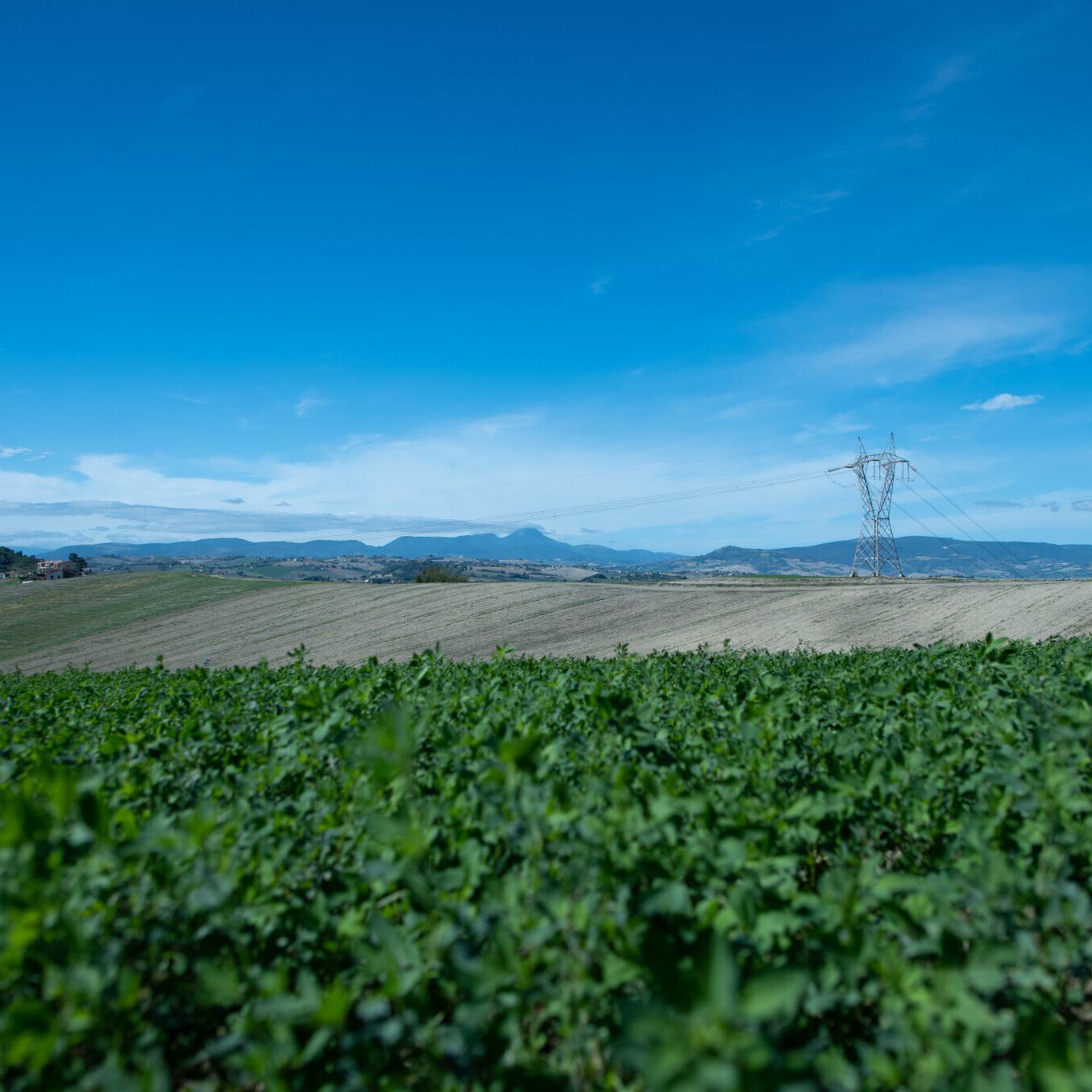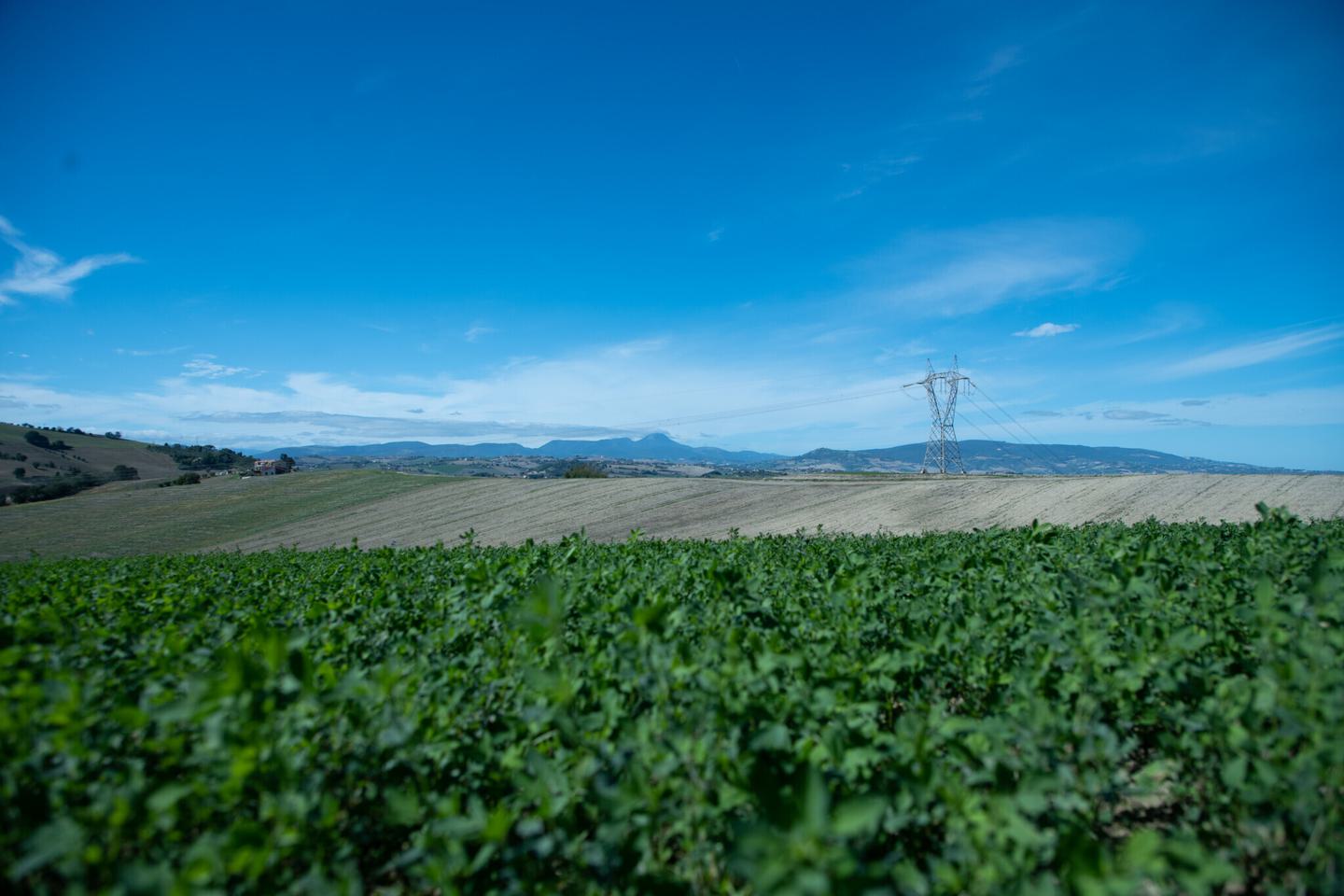«I'm very lucky. Being part of a process and being able to change it for the better...». It is not only her job, but also a deep passion that drives Eleonora Marchegiani, Head of Environmental Studies at Terna. Drawing on her considerable experience developed since joining the company in 2005, Eleonora describes how the operator of Italy’s national transmission grid has put sustainability and the environment at the very centre of its activities. In fact, sustainability and environmental awareness are taken into account from the very first stages of a project.
«The design of new electricity infrastructure involves several phases, from defining the project that will be submitted for authorisation and studying how the project will fit into the local region to the Environmental Impact Assessment.» The direct and indirect impacts of each electricity infrastructure on the human population, the vegetation, the landscape, and on Italy's cultural and environmental heritage, are defined and illustrated in the Environmental Impact Assessment. The aim? «To minimise the impacts of the grid on the region and the surrounding environment,» particularly when planning and designing new projects and during construction, «analysing and closely evaluating all of the elements associated with social and environmental aspects».

